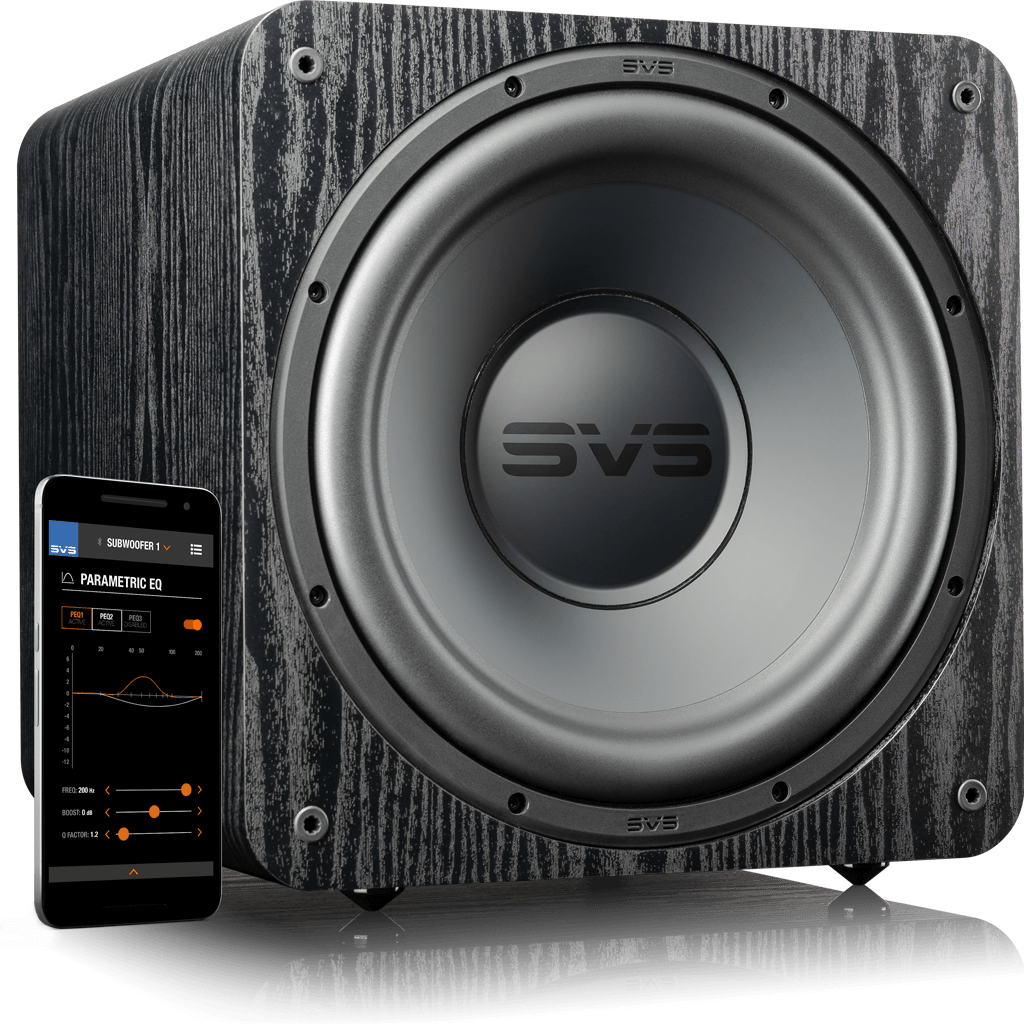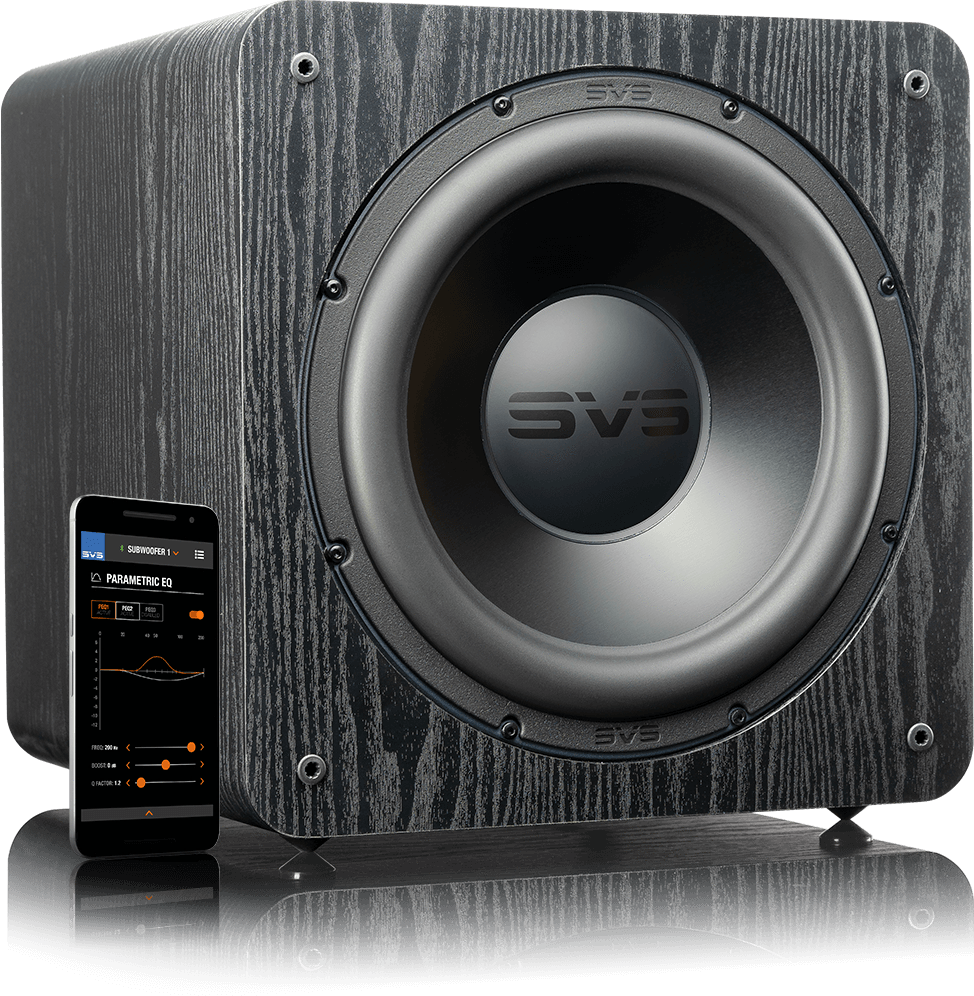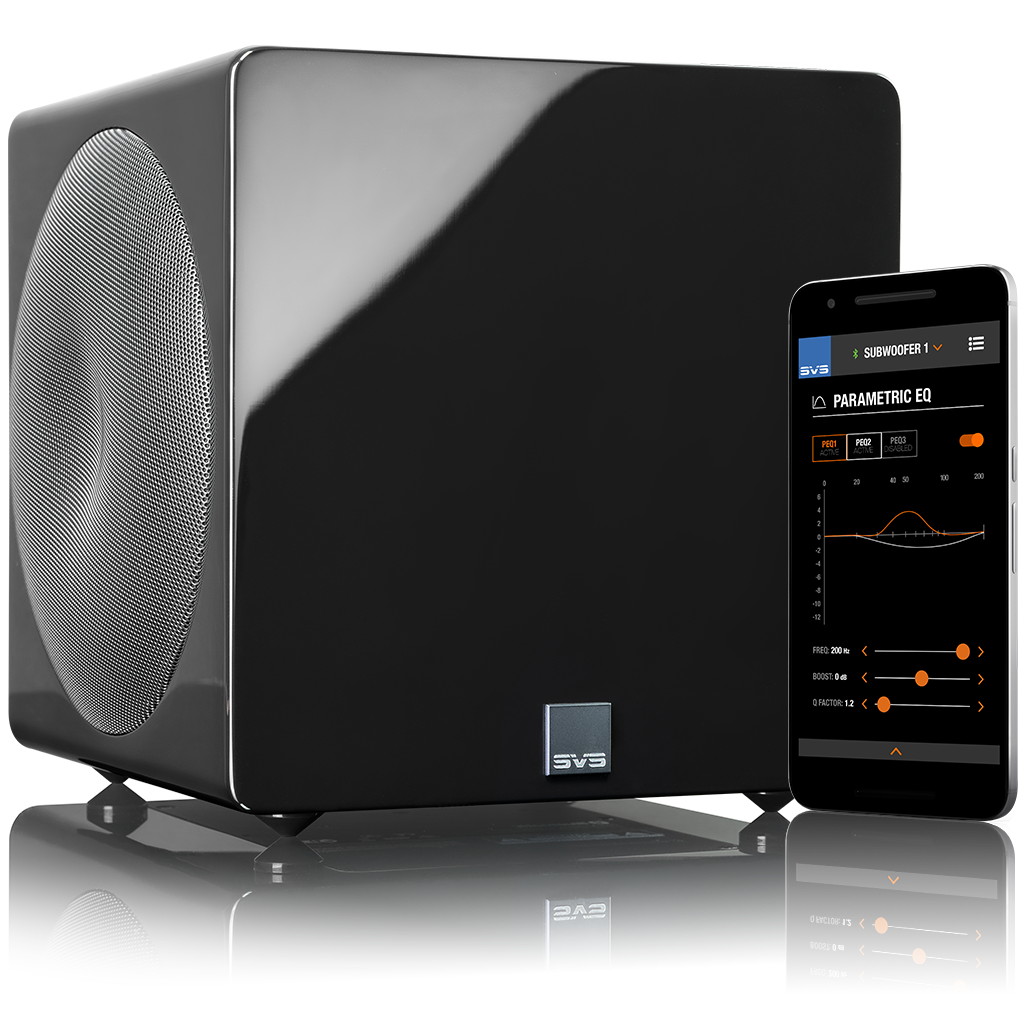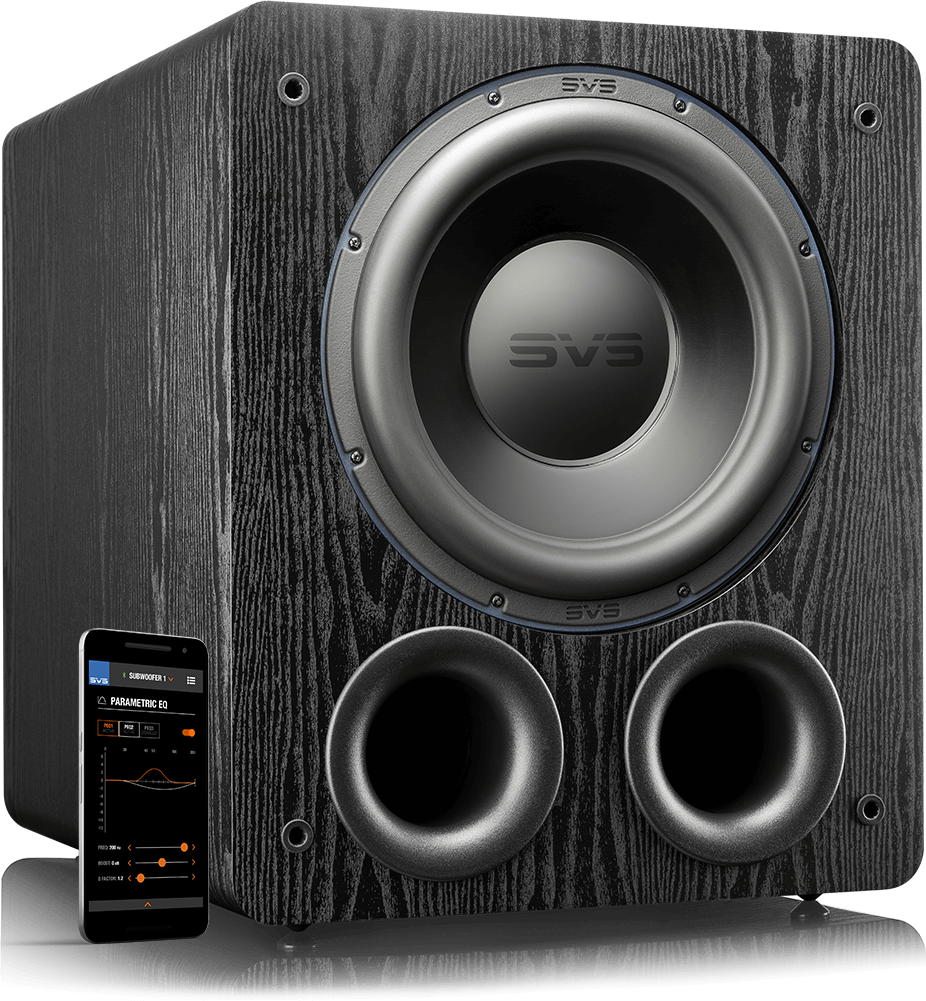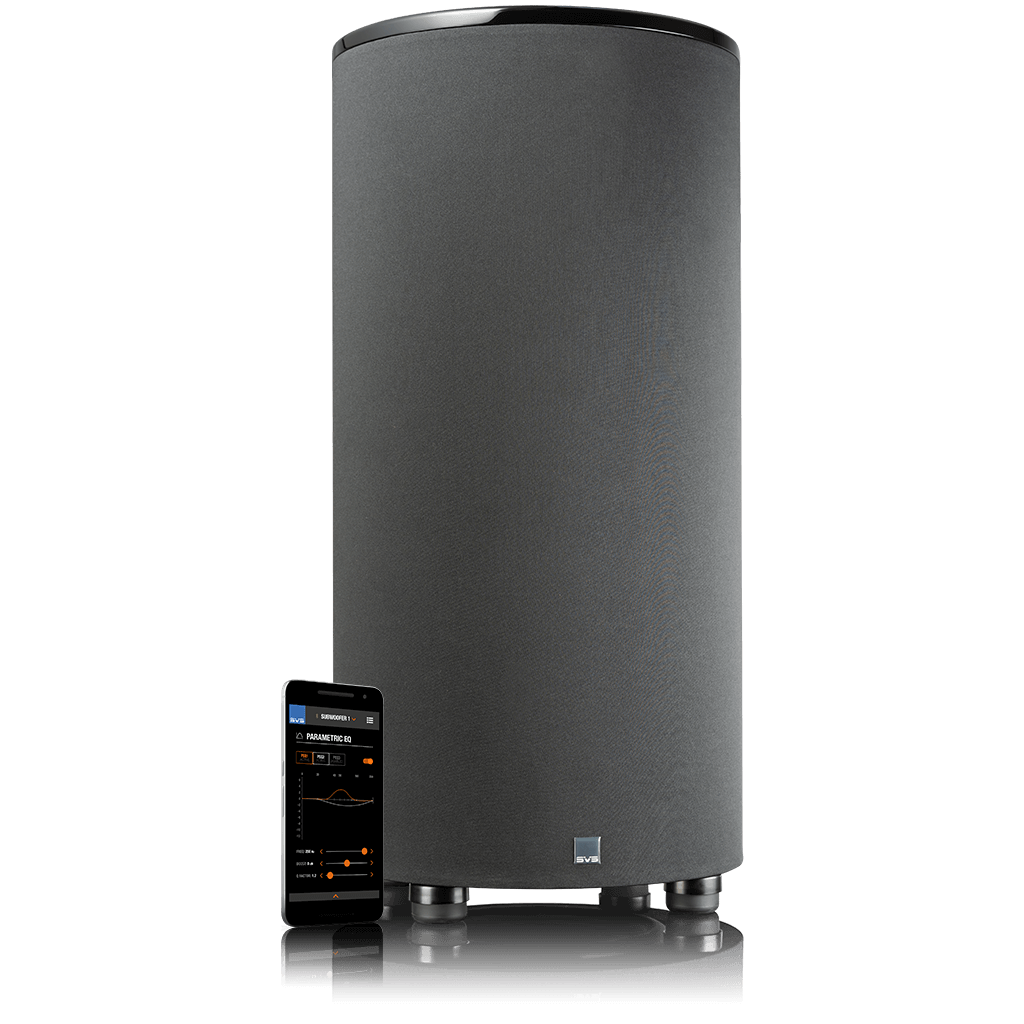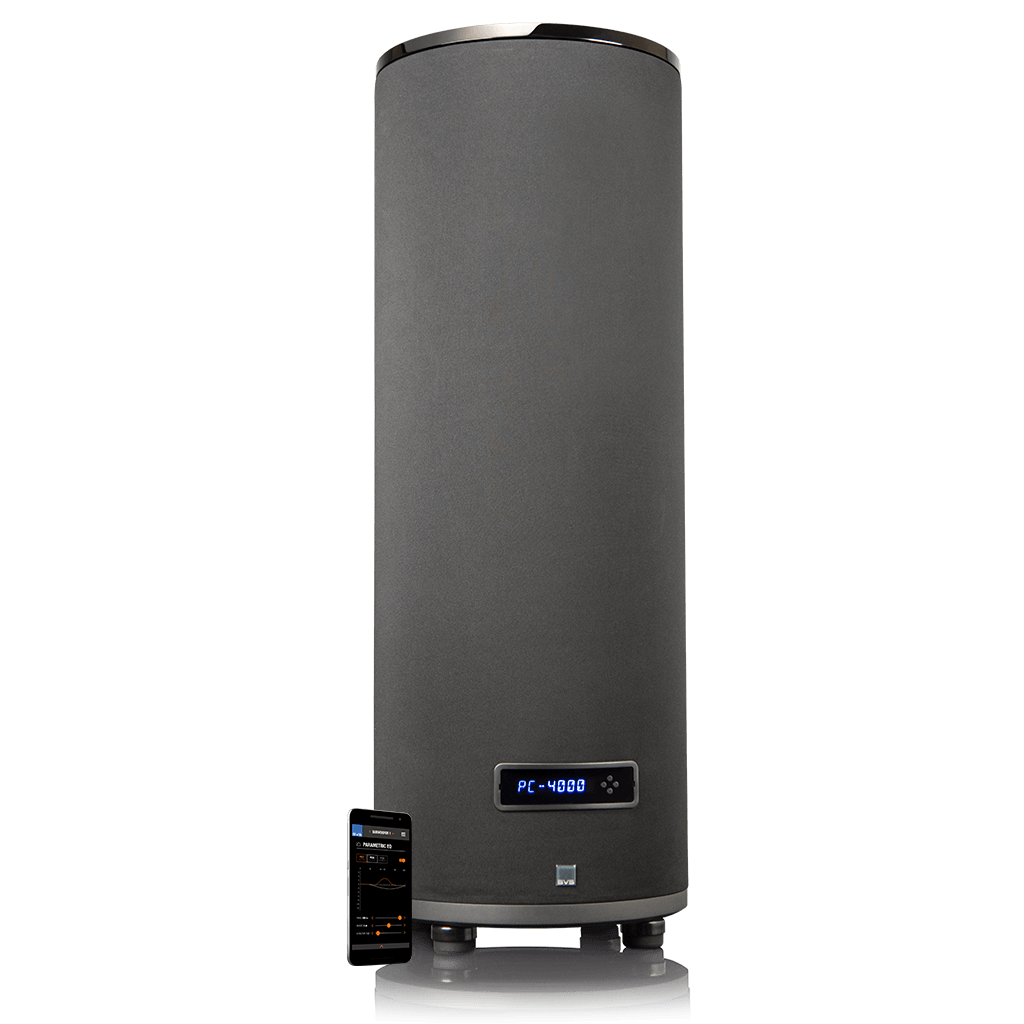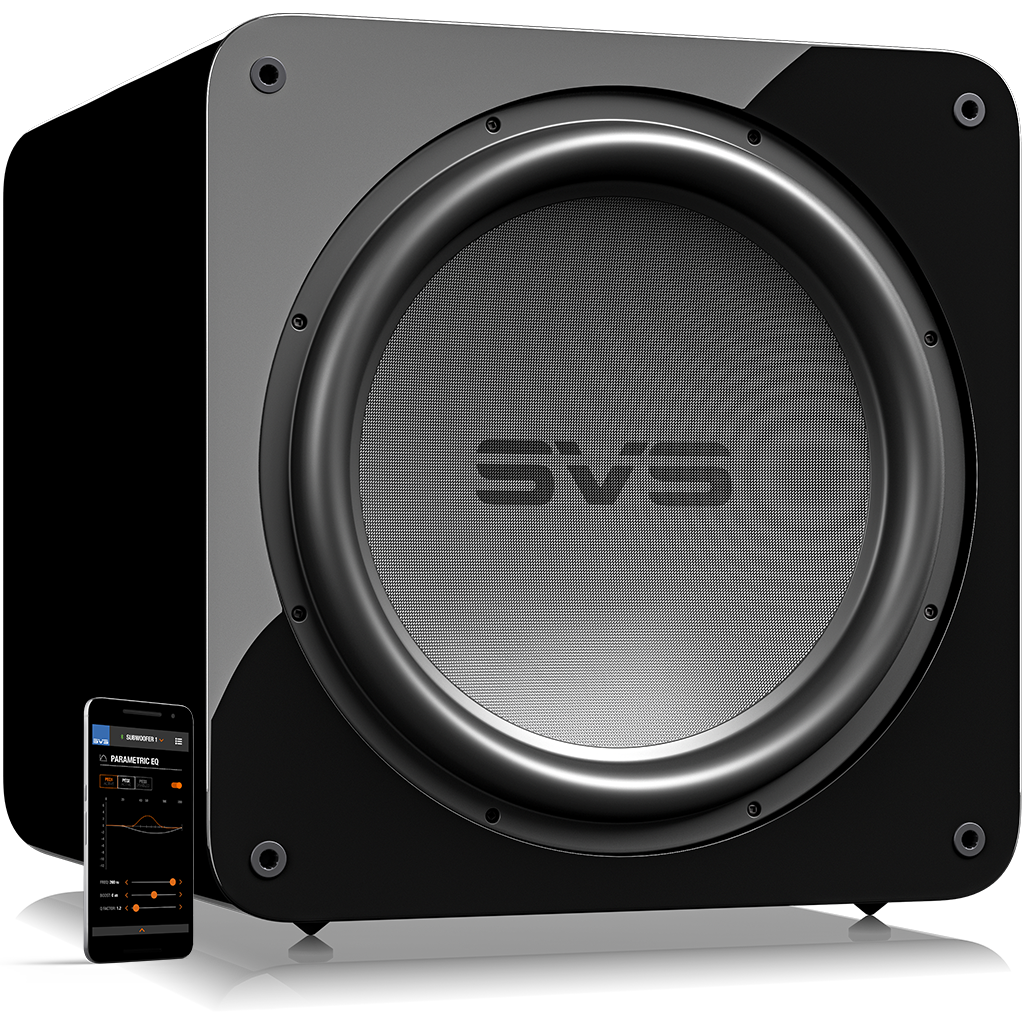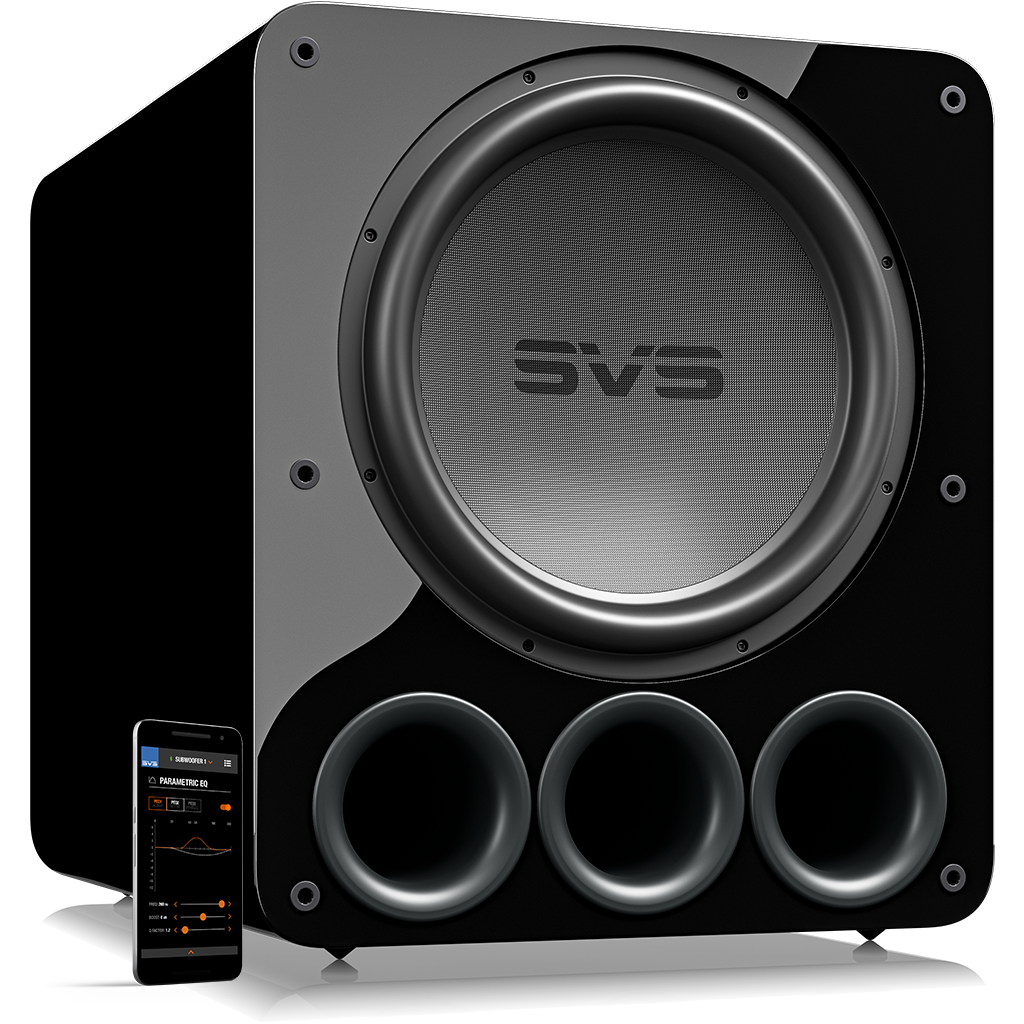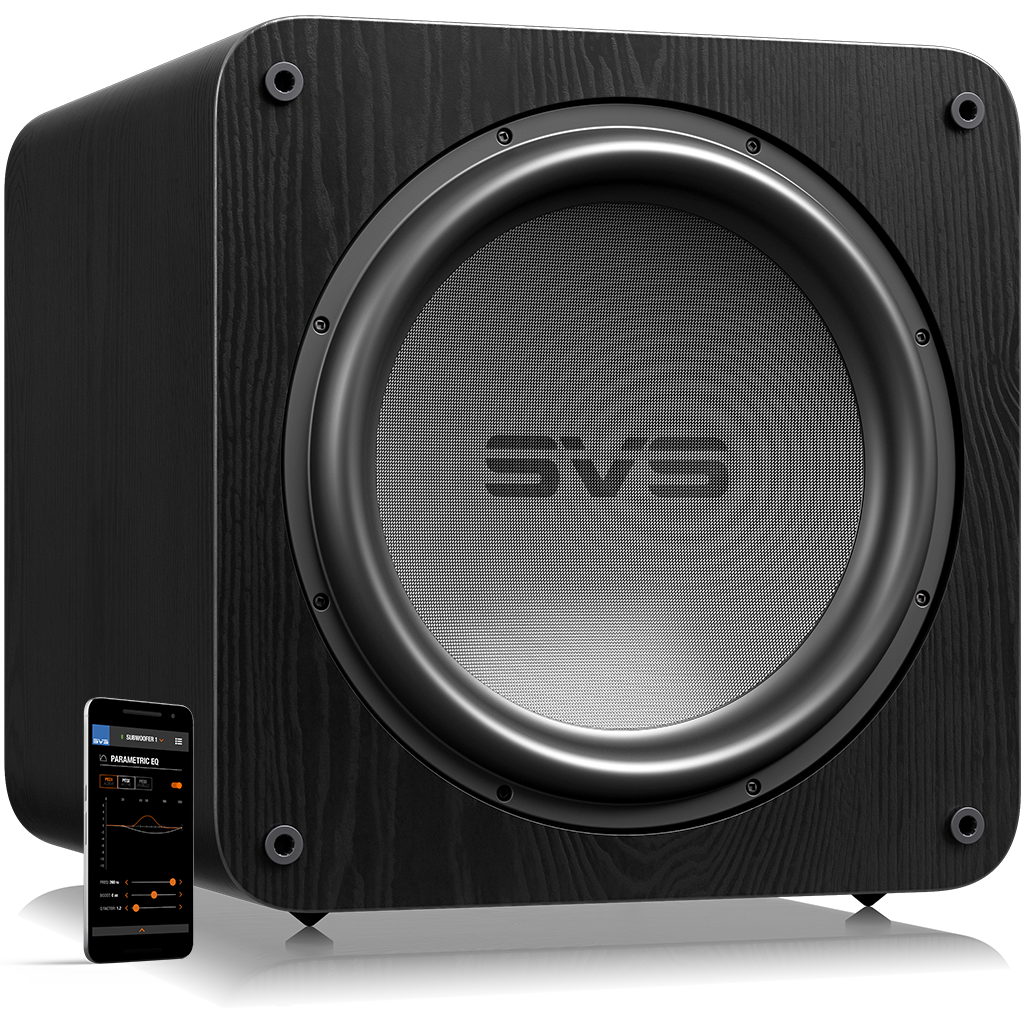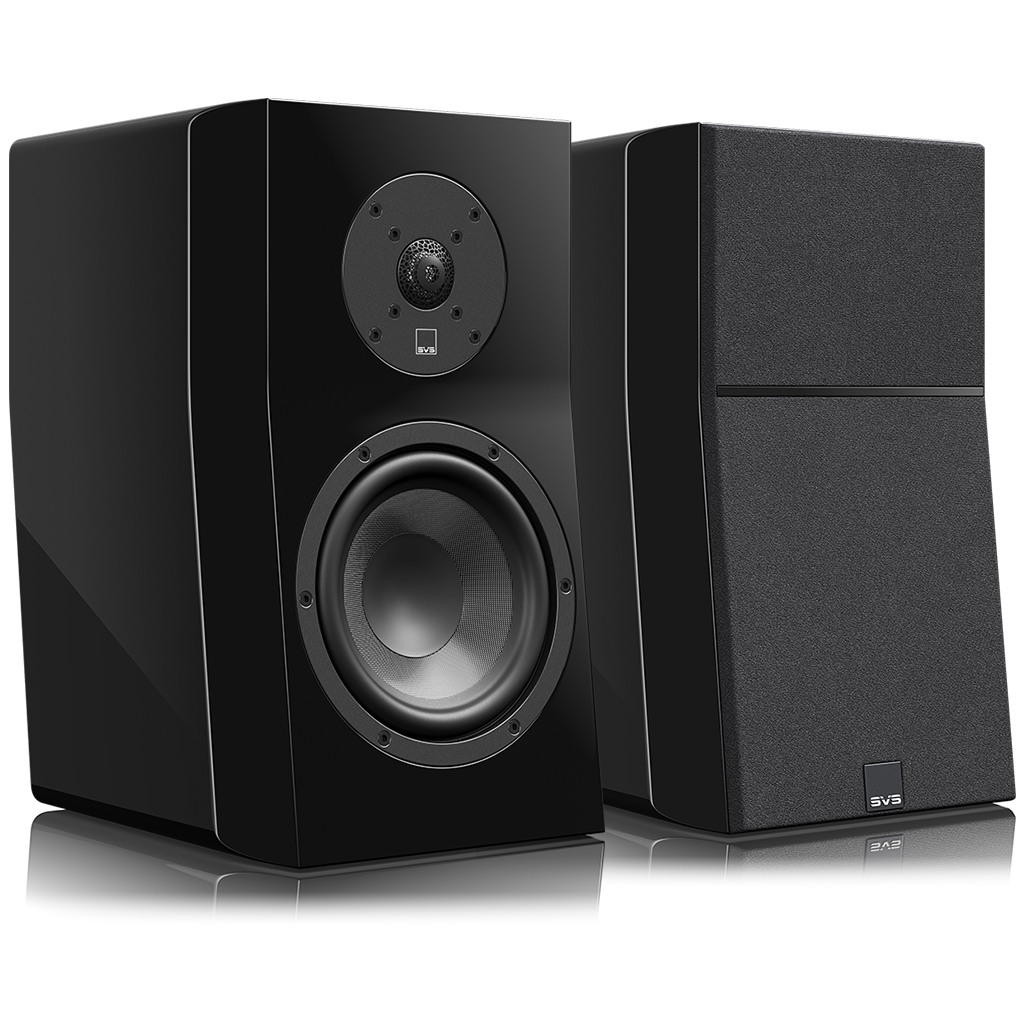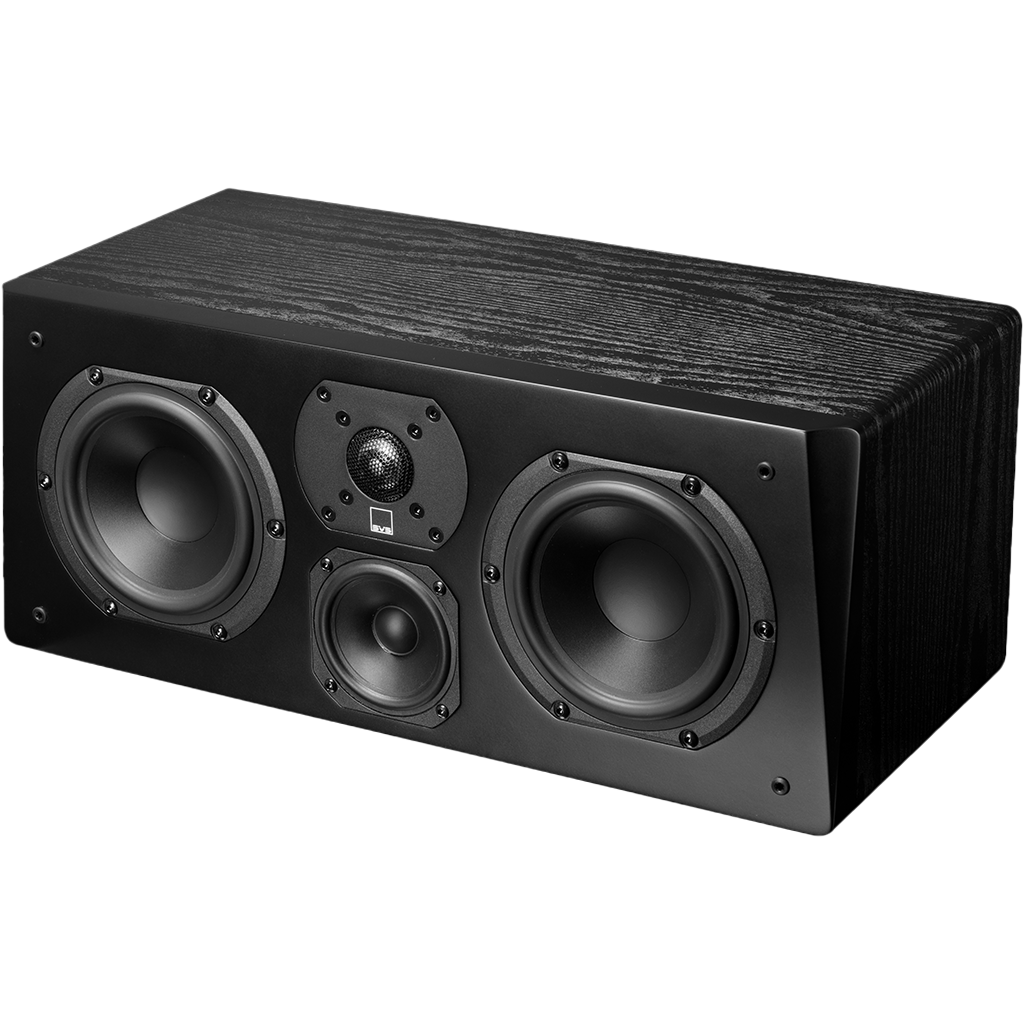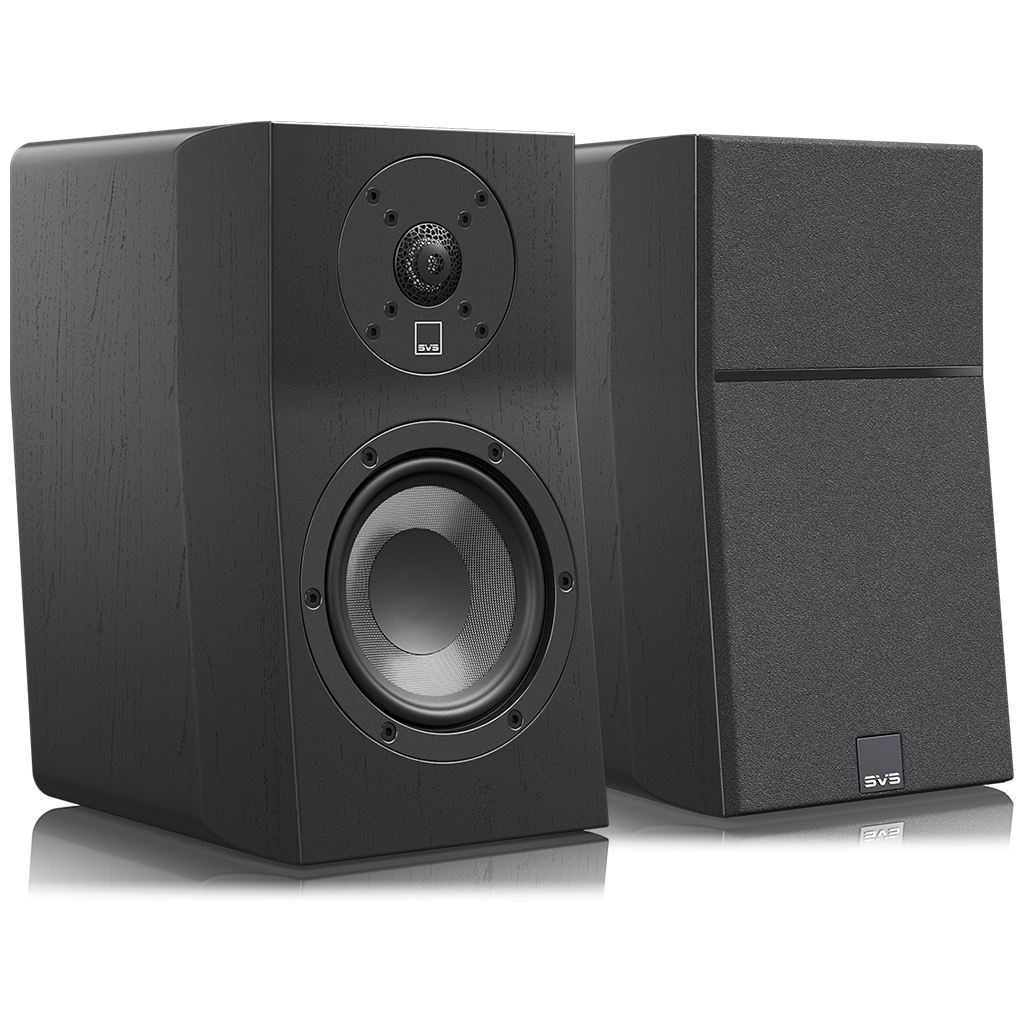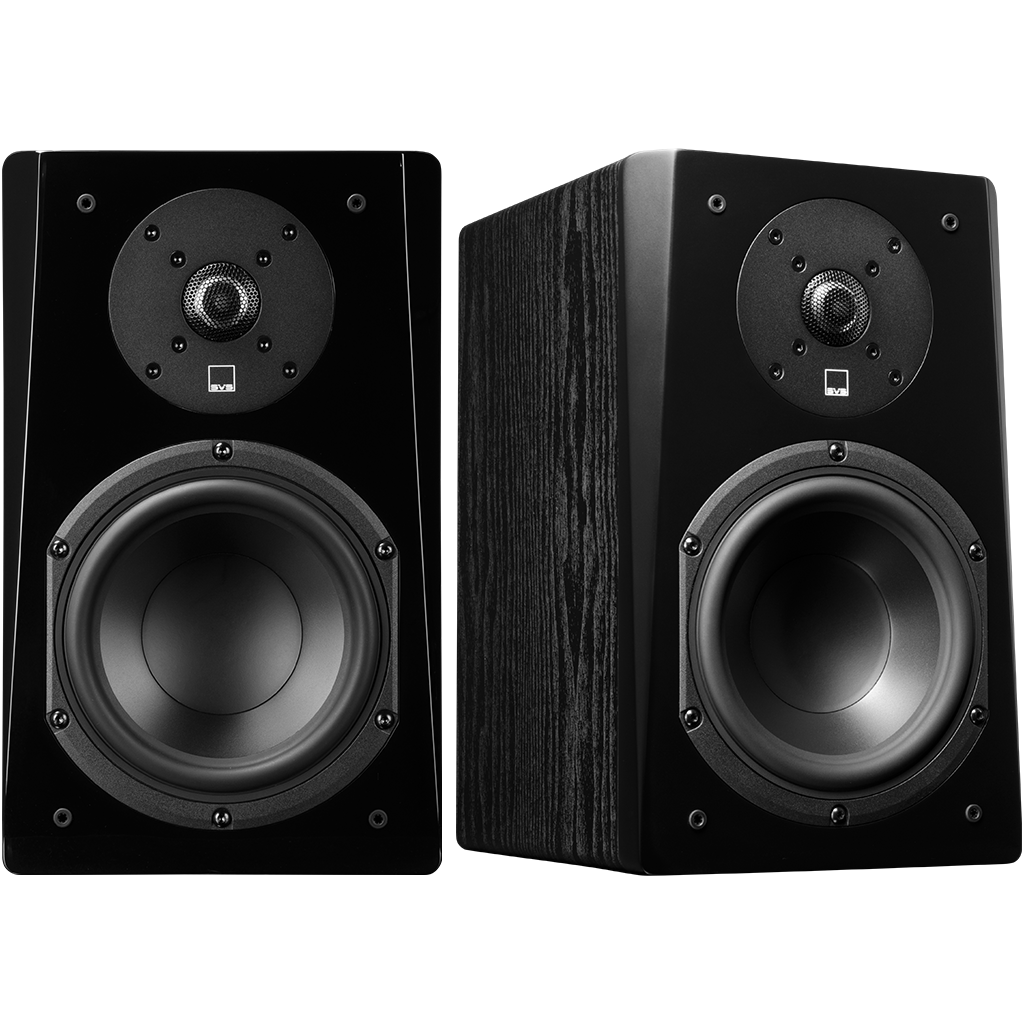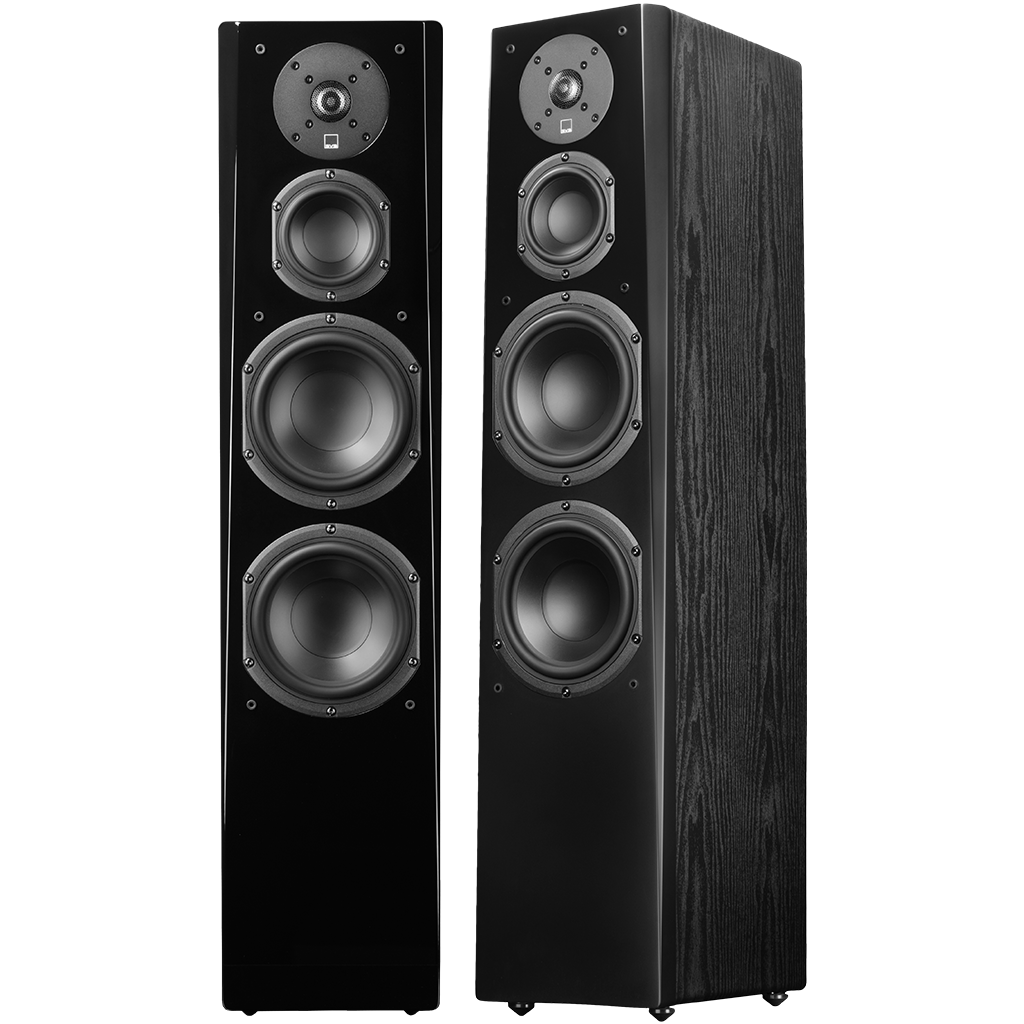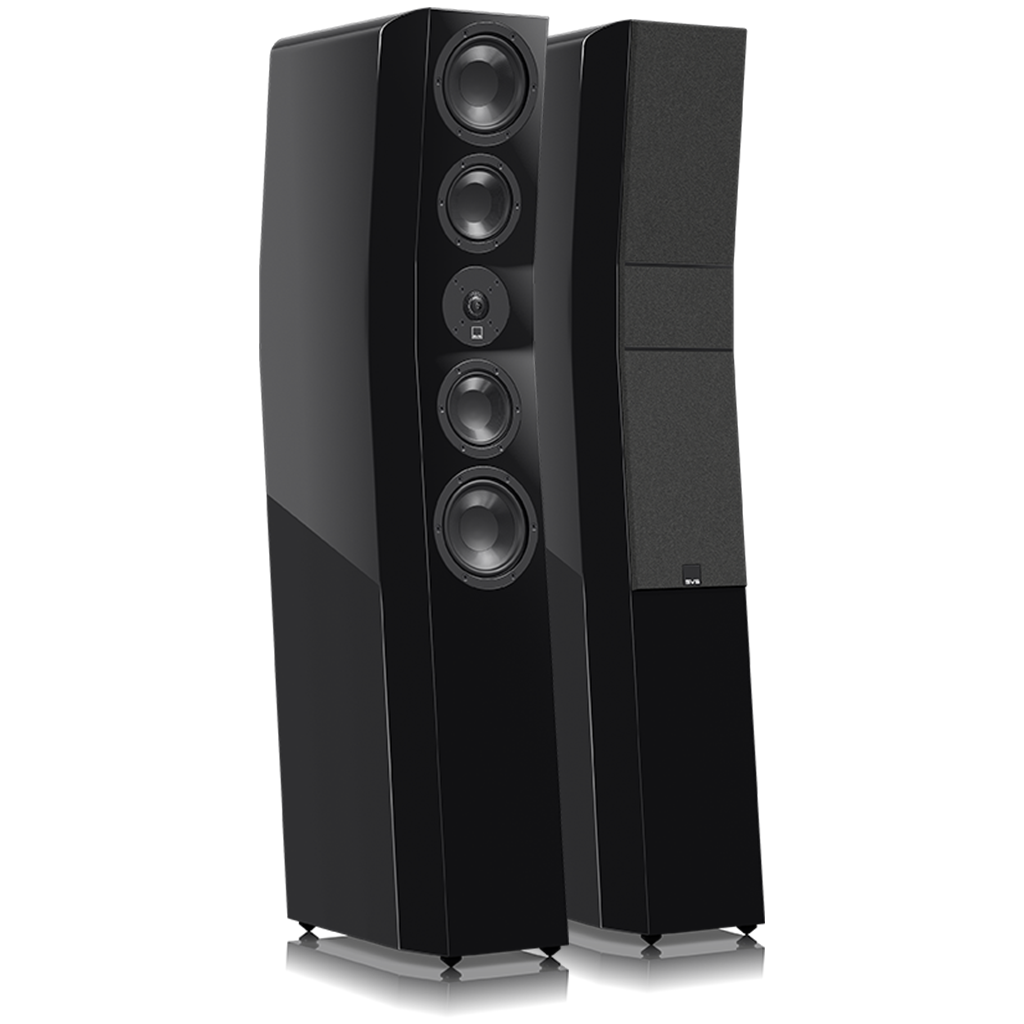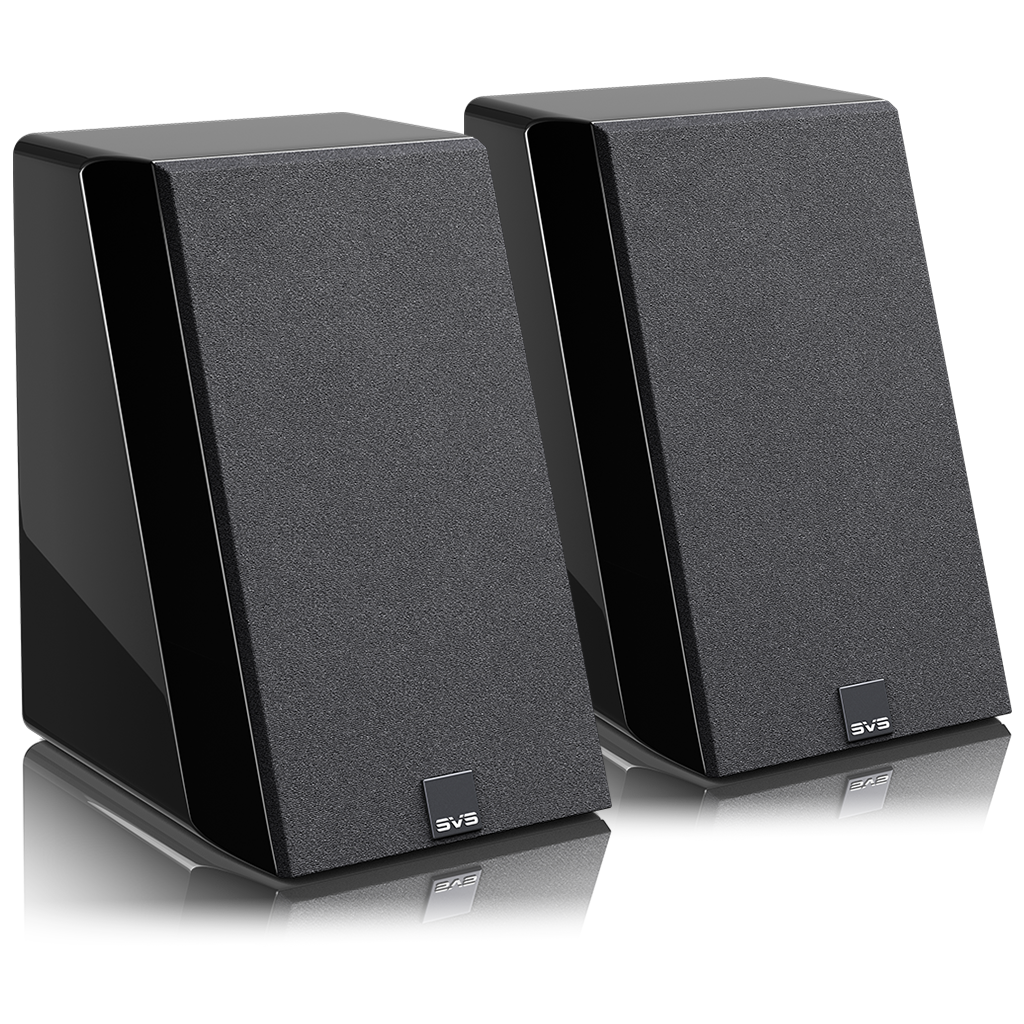Optimizing Home Audio Speakers for Streaming and Cable
With the growing number of services like Redbox, streaming providers, cable, OnDemand applications and more, there’s never been so much high fidelity music, movies and TV content available at our fingertips. It could be argued that we are living in the Golden Age of Entertainment.
Even better, today’s content is being produced like never before. Take an acclaimed show like Game of Thrones, which comes to life as an immersive, full sensory experience even when streamed over a smartphone or browser. Also, consider modern movies like Guardians of the Galaxy, which are delivered in 7.1 surround sound with immersive scores, powerful action sequences and an endless number of sound effect details begging to be unlocked by a refined audio system. Even live sports are broadcast in full surround sound to let viewers fully experience the game. When you throw in the emergence of new surround sound speaker formats from Dolby and DTS, it simply may be the best time ever to own a high performance AV system.
With so many ways to access content at once, from HDTV boxes to connected devices like smart TVs, Roku and Amazon Fire, and services like Netflix and Hulu, the golden age of entertainment relies on evolving technology. While choices are great, it’s important to set up devices correctly to ensure the best possible audio and video performance from your system – a few small adjustments can change the experience and insure you are truly getting what you pay for.
To get your system in shape, our Sound Experts have gone through many of the most popular devices to unlock the best connectivity options and optimal settings, so your content experience is as immersive and exciting as is possible.
Steps For Making The Best Audio Connection
As is the case with most modern electronics, HDMI is the best way to push the highest resolution audio and video to your sound system and Display. In the following scenarios, all devices should be connected by way of its HDMI output for audio and video directly to your HDMI equipped AV Receiver or Surround Processor. Once HDMI cables are connected and power is turned on, select the input on your AVR or Pre/Pro and follow the instructions listed below for best audio performance.

Roku 1, 2, 3 and Streaming Stick
- Go to "Settings"
- Select "Surround Sound" or "Auto"
Amazon Fire and Fire Stick
- Go to "Settings"
- Go to "Sound/Display"
- Go to "Audio"
- Select "Dolby Digital Plus Automatic"
Apple TV
- Go to "Settings"
- Go to "Audio & Video"
- Set "Dolby Digital" to "Auto"
- Set "Audio Output" to "Auto"
Google Nexus Player
- Go to "Settings"
- Go to “System Sounds” – Player supports 2 channel stereo or HDMI pass through up to 5.1 channels
Google Chromecast
- Click your browsers “Cast” button
- Go to “Options”
- Go to “Tab Projection Quality”
- Select “Extreme”
Cable & Satellite TV Boxes
The most common steps are outlined below. Your specific cable/satellite box may vary, so check the owner’s manual for specific instructions and/or contact our Sound Experts for support.
- Go to “Settings”
- Go to “Audio”
- Set “Digital Output” to HDMI and/or Dolby Digital 5.1
There may also be a dynamic range adjustment setting in the Audio menu. This menu option should be set to “Wide” or “Maximum” to obtain the widest dynamic range.
Connect the Cable/Satellite box HDMI output to an HDMI input on your AVR. Configure the AVR for video pass-through (i.e., no scaling). Connect the AVR HDMI output to your TV.
If you receive Over-The-Air (OTA) high-definition broadcasts, or if you have a SMART TV with internal Wi-Fi for streaming services, you will want to make use of something called the “Audio Return Channel” (ARC). This feature allows TV’s with HDMI V1.4 or newer to send digital audio (usually Dolby Digital 5.1) from the TV back to a dedicated HDMI input on your AVR. To enable ARC, go into your TV’s Audio settings and make sure ARC or “Audio Return” over HDMI is enabled.
Gaming Console
See our past article for detailed steps on connecting your gaming system:
How does a Great Home Theater System Benefit the Gaming Experience?
Have more questions on a device or setup with your specific system? Post a comment here or reach out to our Sound Experts by phone, email or chat and remember, every SVS purchase comes with setup and configuration support for as long as you own the product!




